

Articles
How To Store Moonshine After Opening
Modified: February 23, 2024
Learn the best methods for storing moonshine after opening in this informative article. Keep your moonshine fresh and potent with these helpful tips and tricks.
(Many of the links in this article redirect to a specific reviewed product. Your purchase of these products through affiliate links helps to generate commission for Storables.com, at no extra cost. Learn more)
Introduction
Welcome to the world of moonshine – a beloved spirit known for its rich history and distinctive flavors. Whether you’ve recently acquired a bottle of homemade moonshine or you’re considering making your own, one important aspect to consider is how to store it properly after opening. Proper storage techniques are crucial for maintaining the quality and flavor of your moonshine. In this article, we will delve into the world of moonshine storage and explore the best methods to ensure the longevity of your favorite spirit.
Before we explore the various storage techniques, it’s important to understand the factors that can affect the shelf life of moonshine. Moonshine, being a high-proof distilled spirit, has a long shelf life compared to other alcoholic beverages. However, exposure to certain elements can cause it to deteriorate over time. Factors such as temperature, light, air, and contaminants can impact the taste, aroma, and overall quality of moonshine.
Proper storage of moonshine is essential to maintain its original taste and character. Depending on personal preference and the quantity of moonshine you have, there are several storage options you can consider. Each storage method offers distinct advantages and considerations that contribute to the preservation of your moonshine.
One popular storage option is using glass bottles. Glass is an inert material that does not react with the moonshine, ensuring the original taste is preserved. Dark-colored glass bottles are ideal for storing moonshine as they block out light, preventing any degradation caused by exposure to UV rays. Additionally, a tight-fitting cap or cork should be used to create a seal, preventing air from entering the bottle and oxidizing the moonshine.
If you prefer a rustic and traditional approach, storing moonshine in Mason jars is another option to consider. Mason jars are airtight and have a nostalgic charm. Make sure to use jars made specifically for canning to ensure the lids create a proper seal. Keep the jars in a cool, dark place to protect the moonshine from light and temperature fluctuations.
For those looking for a more contemporary storage option, stainless steel containers offer durability and airtightness. Stainless steel is resistant to rust and corrosion, making it an excellent choice for long-term moonshine storage. Remember to choose food-grade stainless steel containers to avoid any potential chemical reactions between the moonshine and the container.
Last but not least, if you are a true moonshine enthusiast, you may want to consider aging your moonshine in oak barrels. Oak barrels add depth and complexity to the flavor profile of moonshine, mimicking the aging process of traditional whiskies and bourbons. However, aging moonshine requires careful monitoring, as excessive aging can result in an overpowering oak flavor.
Now that we’ve covered the basics of moonshine storage methods, let’s delve deeper into each option and explore the tips and tricks for long-term moonshine storage. By following these guidelines, you can enjoy the rich flavors of your moonshine for years to come.
Key Takeaways:
- Proper storage of moonshine is crucial for maintaining its original taste and character. Factors such as temperature, light, air, and contaminants can impact the taste, aroma, and overall quality of moonshine.
- Whether you choose glass bottles, Mason jars, stainless steel containers, or oak barrels, proper storage techniques are essential for preserving the taste, aroma, and quality of moonshine. Consistent temperature control, limited exposure to light and air, and choosing the appropriate container are all key factors in preserving the exceptional flavors of your favorite spirit.
Read more: How To Store Moonshine
Understanding Moonshine Storage
Proper storage is essential for preserving the taste, aroma, and quality of moonshine. Before we delve into the various storage techniques, let’s gain a better understanding of the factors that can affect the shelf life of moonshine.
The high alcohol content of moonshine naturally allows it to have a longer shelf life compared to other alcoholic beverages. Moonshine typically has an alcohol content ranging from 40% to 60%, which acts as a preservative. However, certain factors can still cause the quality of moonshine to deteriorate over time.
One of the main factors that can impact moonshine storage is temperature. Fluctuations in temperature can lead to changes in the chemical composition of the spirit, potentially altering its flavor and aroma. Extreme heat can accelerate the aging process, whereas extreme cold can cause the moonshine to become cloudy or develop crystallized particles. It is recommended to store moonshine in a cool, dark place where the temperature remains consistent.
Light is another factor that can affect moonshine storage. Exposure to UV rays from sunlight or bright artificial light can break down the organic compounds in the liquid, resulting in off-flavors and a loss of complexity. To prevent light damage, it is advisable to store moonshine in opaque containers or in a dark place such as a cellar or a cabinet that doesn’t receive direct sunlight.
Air exposure is an enemy of moonshine storage. Oxygen can cause oxidation, which can lead to changes in taste and aroma. It is crucial to minimize air exposure by sealing the container tightly. To help minimize oxygen contact, choose containers with airtight seals or use techniques such as nitrogen displacement to remove air before sealing the container.
Contaminants can also impact the quality of moonshine. It is important to store moonshine away from any strong odors or chemicals that can be absorbed by the liquid, affecting its flavor. Furthermore, it is advisable to keep moonshine away from any potential contaminants such as dust or pests by sealing the containers properly.
Understanding these factors is key to ensuring the proper storage of your moonshine. By being mindful of temperature, light exposure, air contact, and contaminants, you can maintain the integrity of your moonshine and enjoy its flavors to the fullest.
Factors Affecting Moonshine Shelf Life
Moonshine, with its high alcohol content, has a longer shelf life compared to other alcoholic beverages. However, several factors can affect the quality and longevity of moonshine over time. Let’s take a closer look at these factors.
1. Temperature: Fluctuations in temperature can have a significant impact on moonshine. Exposure to high temperatures can speed up the aging process and cause the flavors to change, potentially leading to a harsher taste. On the other hand, extremely low temperatures can cause the moonshine to become cloudy or crystallize. To prolong the shelf life of your moonshine, store it in a cool and stable environment.
2. Light: Exposure to light, especially UV rays, can be detrimental to the quality of moonshine. Light can break down organic compounds in the liquid, resulting in off-flavors and a loss of complexity. To prevent light damage, store your moonshine in opaque containers or in a dark place away from direct sunlight or bright artificial light.
3. Air Exposure: Oxygen is an enemy of moonshine storage. It can lead to oxidation, which can cause flavors to change and degrade over time. Minimizing air exposure is crucial to maintaining the quality of moonshine. Ensure that your storage containers have airtight seals and consider techniques such as nitrogen displacement to remove air before sealing.
4. Contaminants: Moonshine can absorb strong odors or flavors from its surroundings, affecting its taste and aroma. It is important to store moonshine away from any potential contaminants such as strong-smelling substances or chemicals. Keep moonshine in properly sealed containers to protect it from dust and other contaminants.
5. Quality of Ingredients: The quality of the ingredients used in the production of moonshine can also influence its shelf life. Using high-quality water, grains, and fruits can contribute to a better-tasting moonshine that maintains its quality for a longer period. Fresh ingredients and careful fermentation techniques can also help extend the shelf life of moonshine.
6. Aging: Moonshine that has been aged in oak barrels or other vessels can develop more complex flavors over time. However, long-term aging should be done with caution, as excessive aging can result in an overpowering oak flavor. Monitoring and tasting the moonshine during the aging process is essential to achieve the desired flavor profile.
By understanding and addressing these factors, you can maximize the shelf life and maintain the quality of your moonshine. Proper storage techniques and consideration of these factors will help preserve the exceptional flavors and characteristics of your beloved spirit.
Proper Storage Techniques
Proper storage techniques are essential for preserving the taste, aroma, and quality of moonshine. Whether you’re storing homemade moonshine or a commercially produced bottle, following these guidelines will ensure that your moonshine remains in optimal condition. Here are some key storage techniques to consider:
1. Choose the Right Container: When storing moonshine, it is crucial to select the right container. Glass bottles, mason jars, stainless steel containers, and oak barrels are popular choices. Ensure that the container is clean, dry, and free from any residues that could impact the flavor of the moonshine.
2. Sealing the Container: To prevent air exposure, it is important to seal the container tightly. Use caps, corks, or lids that create a secure closure. Consider using airtight seals or techniques such as nitrogen displacement to remove air before sealing the container to minimize oxidation.
3. Temperature Control: Moonshine should ideally be stored in a cool and stable environment. Avoid drastic temperature changes, as they can affect the quality of the spirit. An ideal storage temperature for moonshine is between 50°F (10°C) and 70°F (21°C).
4. Avoid Direct Sunlight: Sunlight contains UV rays that can cause the degradation of moonshine. Store your moonshine in a dark place away from direct sunlight. If using glass containers, consider using dark-colored glass to provide additional protection.
5. Limit Light Exposure: Even if your moonshine is stored in a dark place, it is still advisable to limit exposing it to light. Open containers only when necessary, and quickly reseal them to minimize light exposure. Consider using opaque or tinted containers to further protect the moonshine from light.
6. Store in a Ventilated Area: While it is important to keep moonshine away from excessive oxygen exposure, it is also crucial to store it in a well-ventilated area. Proper ventilation helps prevent the buildup of any unwanted gases or odors that can affect the taste and aroma of the moonshine.
7. Avoid Strong Odors and Contaminants: Moonshine can absorb odors and flavors from its surroundings. Store your moonshine away from any strong-smelling substances or chemicals to avoid contamination. It is also advisable to keep it away from areas with excessive dust or potential pests.
8. Regularly Check for Signs of Spoilage: Periodically check the moonshine for any signs of spoilage, such as changes in color, unusual smells, or sedimentation. If any of these signs are present, it may indicate that the moonshine has gone bad and should not be consumed.
9. Follow Recommended Storage Times: Moonshine, like any spirit, has a recommended storage time. While it can be stored for many months or even years, it is best enjoyed within a certain timeframe to ensure optimal flavor. Check the labels or consult the manufacturer’s guidelines for the recommended storage period.
By employing these proper storage techniques, you can maintain the quality and integrity of your moonshine. Consistent temperature control, limited exposure to light and air, and choosing the appropriate container are all key factors in preserving the exceptional flavors of your favorite spirit.
Storing Moonshine in Glass Bottles
When it comes to storing moonshine, one of the most popular options is using glass bottles. Glass is an inert material that does not react with the moonshine, ensuring that the original taste and quality are preserved. Here are some key considerations and techniques for storing moonshine in glass bottles:
1. Choose Dark-Colored Glass Bottles: To protect your moonshine from light damage, opt for dark-colored glass bottles such as amber or green. These colored glass bottles help block out UV rays, which can lead to the degradation of the moonshine. Light can break down organic compounds in the liquid, resulting in off-flavors and a loss of complexity.
2. Clean the Bottles: Before storing your moonshine, make sure to clean the glass bottles thoroughly. Use warm water and mild detergent to remove any residue or impurities. Rinse the bottles well and allow them to air dry before filling them with moonshine.
3. Ensure Tight-Fitting Caps or Corks: It is crucial to create a tight seal on the glass bottles to prevent air from entering and oxidizing the moonshine. Make sure the caps or corks fit securely on the bottles. Consider using wax seals or bottle stoppers for added protection against air exposure.
4. Maintain a Cool and Dark Storage Environment: To preserve the flavors and quality of your moonshine, store the glass bottles in a cool and dark place. Exposure to high temperatures can accelerate the aging process and potentially alter the taste of the moonshine. Keep the bottles away from direct sunlight or any other sources of light that may degrade the liquid.
5. Store Bottles Upright: When storing moonshine in glass bottles, it is recommended to store them in an upright position. This helps to minimize the surface area of the liquid exposed to air, reducing the chance of oxidation and preserving the quality of the moonshine.
6. Label and Date the Bottles: To keep track of the storage time and to easily identify different batches or flavors of moonshine, it is helpful to label each glass bottle. Include the date of bottling to ensure that you are aware of the aging and freshness of your moonshine.
7. Avoid Rapid Temperature Changes: Glass bottles are susceptible to thermal expansion and contraction, so it is important to avoid sudden temperature changes. Drastic temperature fluctuations can cause the glass to crack or break, potentially resulting in a loss of moonshine and creating a safety hazard.
8. Regularly Check for Leaks or Damage: Periodically inspect the glass bottles for any signs of leaks or damage. Check the caps or corks for tightness and ensure that the bottles are properly sealed. If you notice any issues, transfer the moonshine to a new bottle to avoid any spoiling or contamination.
By following these storing techniques, you can confidently preserve the quality and flavors of your moonshine in glass bottles. Remember to store the bottles in a cool, dark, and stable environment to ensure that each sip of your moonshine is as delightful as the first.
Read more: How To Store Whiskey After Opening
Storing Moonshine in Mason Jars
If you prefer a rustic and traditional approach to storing moonshine, using Mason jars is a popular and charming option. Mason jars are airtight, sturdy, and have a nostalgic appeal. Here are some key considerations and techniques for storing moonshine in Mason jars:
1. Choose Proper Mason Jars: When selecting Mason jars for storing moonshine, it is important to use jars specifically designed for canning. These jars are made to withstand high temperatures and create a proper seal, ensuring the integrity of your moonshine. Avoid using old or damaged jars that may have compromised seals.
2. Clean and Sterilize the Jars: Before storing moonshine, clean the Mason jars thoroughly to remove any dirt or impurities. Wash the jars with warm soapy water, rinse them well, and allow them to air dry. To ensure proper sterilization, you can also use boiling water or run the jars through a dishwasher cycle.
3. Check the Seals: Mason jars rely on rubber seals to create an airtight seal. Inspect the rubber seals before use to ensure they are in good condition. If the seals are cracked or worn out, replace them to maintain a proper seal and prevent air exposure.
4. Store in a Cool, Dark Place: Like any other storage method, it is important to keep Mason jars of moonshine in a cool and dark environment. Exposure to high temperatures can accelerate the aging process and alter the flavor of the moonshine. Place the jars in a cupboard, pantry, or cellar away from direct sunlight or heat sources.
5. Keep Jars Upright: When storing moonshine in Mason jars, it is recommended to keep the jars in an upright position. This allows for better distribution of the liquid and minimizes the chance of leakage. It also helps to prevent contact between the moonshine and the lid, reducing the risk of damage to the seal.
6. Consider Using Multiple Jars: If you have a large quantity of moonshine, consider using multiple Mason jars to store it. Dividing the moonshine into smaller jars reduces the exposure to air when accessing the spirit. It also allows for easier portioning and distribution if you plan to share or gift the moonshine.
7. Regularly Check the Seals: Periodically check the seals of the Mason jars to ensure they are properly intact. Press down on the center of the lid to verify that it does not bounce back, indicating a properly sealed jar. If you notice any signs of leakage or a compromised seal, transfer the moonshine to a new jar and replace the seal.
8. Label and Date the Jars: To keep track of the storage time and different batches of moonshine, it is helpful to label each Mason jar. Use labels or markers to note the date of bottling and any other important details about the moonshine, such as flavor or ingredients used.
Mason jars provide a classic and reliable storage option for moonshine. By following these techniques, you can store your moonshine in a charming and practical way, ensuring the taste and quality remain intact. Cheers to enjoying the flavors of moonshine stored in these nostalgic jars!
Store moonshine in a cool, dark place, away from direct sunlight and heat sources. Use a tightly sealed glass container to prevent evaporation and maintain the quality of the moonshine.
Storing Moonshine in Stainless Steel Containers
For those looking for a more contemporary storage option, storing moonshine in stainless steel containers offers durability, airtightness, and ease of use. Stainless steel is resistant to rust and corrosion, making it an excellent choice for long-term moonshine storage. Here are some key considerations and techniques for storing moonshine in stainless steel containers:
1. Choose Food-Grade Stainless Steel: When selecting a stainless steel container for storing moonshine, ensure that it is made from food-grade stainless steel. Food-grade stainless steel is non-reactive and safe for storing consumable liquids. Avoid using containers made from other types of metal or unknown materials that could potentially contaminate the moonshine.
2. Clean and Sanitize the Container: Before using a stainless steel container, it is important to clean and sanitize it thoroughly. Wash the container with warm water and mild detergent, rinse it well, and allow it to air dry. Sanitize the container by using a food-safe sanitizer or by running it through a dishwasher cycle.
3. Ensure a Secure Lid: To maintain an airtight seal, choose a stainless steel container with a secure lid. Look for containers with locking mechanisms, gaskets, or silicone seals that provide a tight seal and prevent air from entering. This helps minimize oxidation and preserves the quality of the moonshine.
4. Store in a Cool and Dark Place: Like with other storage methods, it is crucial to keep stainless steel containers of moonshine in a cool and dark environment. Excessive heat can accelerate the aging process and alter the flavors of the moonshine. Store the containers in a cupboard, pantry, or cellar away from direct sunlight or heat sources.
5. Minimize Air Exposure: One of the advantages of stainless steel containers is their airtightness. However, it is still important to minimize air exposure as much as possible. Keep the lids tightly secured and consider using additional measures such as nitrogen displacement techniques to remove air before sealing.
6. Resist the Urge to Frequently Open the Container: Opening the stainless steel container frequently can introduce air and compromise the quality of the moonshine. Try to limit opening the container to only when necessary. This will help maintain the original flavors and minimize the risk of oxidation.
7. Label and Date the Container: To keep track of the storage time and any distinguishing features of the moonshine, label the stainless steel container. Use adhesive labels or a permanent marker to note the date of bottling and any other relevant information about the moonshine, such as the flavor or ingredients used.
8. Regularly Check for Liquefaction: Moonshine stored in stainless steel containers can sometimes develop condensation or liquefaction due to fluctuations in temperature. Periodically check the container for signs of moisture or separation. If this occurs, gently shake the container to recombine the liquid before consuming.
Storing moonshine in stainless steel containers provides a modern and practical option for preserving the quality and flavors of the spirit. By following these techniques, you can confidently store your moonshine in a durable and airtight container, ensuring a delightful drinking experience every time.
Storing Moonshine in Oak Barrels
If you’re a true moonshine enthusiast looking to add complexity and depth to the flavor profile of your spirit, storing moonshine in oak barrels is an excellent option. Oak barrels allow the moonshine to age, developing unique characteristics reminiscent of traditional whiskies and bourbons. Here are some key considerations and techniques for storing moonshine in oak barrels:
1. Choose Quality Oak Barrels: When selecting an oak barrel for storing moonshine, quality is of utmost importance. Look for oak barrels that are specifically designed for aging spirits. Ensure the barrel is made from American or French oak, as these woods are known for imparting desirable flavors and aromas.
2. Prepare the Oak Barrel Before Use: Before storing moonshine, prepare the oak barrel by seasoning it or filling it with water to swell the wood and seal any leaks. Follow the manufacturer’s guidelines or consult with experts to ensure proper preparation of the oak barrel.
3. Fill the Barrel with Moonshine: Once the oak barrel is fully seasoned, carefully fill it with moonshine. Leave a small amount of headspace to allow for expansion during the aging process. Remember that the flavors will intensify over time, so consider the desired aging period and the flavor profile you aim to achieve.
4. Monitor the Aging Process: Unlike other storage methods, aging moonshine in oak barrels requires regular monitoring. The aging process can vary depending on factors such as temperature and humidity. Taste the moonshine periodically to determine the desired flavor profile and avoid over-aging, which can result in an overpowering oak flavor.
5. Store in a Controlled Environment: Oak barrels should be stored in a controlled environment to ensure consistent aging conditions. Maintain a temperature range between 50°F (10°C) and 70°F (21°C) and a humidity level of around 65-75% to allow for proper aging and prevent the oak from drying out.
6. Rotate the Barrel: To evenly distribute the flavors and prevent uneven aging, gently rotate the oak barrel every few weeks. This helps ensure that the moonshine comes into contact with all parts of the barrel, allowing for a harmonious development of flavors and aromas.
7. Avoid Contaminating Flavors: Ensure that the oak barrel is free from any contaminants or previous flavors that may affect the moonshine. Never reuse a barrel that has been previously used to store another spirit without thoroughly cleaning and re-seasoning it.
8. Regularly Check for Leaks and Maintain the Barrel: Periodically inspect the oak barrel for any signs of leaks or damage. If you notice any leaks or cracks, repair or replace the barrel immediately to avoid any spoilage or loss of moonshine. Additionally, maintain the barrel’s integrity by occasionally applying a food-safe sealant to prevent any leakage.
Storing moonshine in oak barrels offers a unique opportunity to craft your own signature flavors and embrace the art of aging spirits. By following these techniques, you can enjoy the complexity and depth that oak barrel aging brings to your moonshine, creating a truly exceptional drinking experience.
Tips for Long-Term Moonshine Storage
If you’re planning on storing moonshine for an extended period, such as months or even years, there are certain tips and techniques to ensure its optimal quality throughout the storage period. Here are some valuable tips for long-term moonshine storage:
1. Choose High-Quality Ingredients: When producing moonshine intended for long-term storage, using high-quality ingredients is essential. Fresh grains, fruits, or other flavoring agents can contribute to a better-tasting moonshine that can withstand longer storage periods.
2. Optimize Proof Strength: Higher-proof moonshine tends to store better over time. Aim for a higher alcohol content, typically ranging from 50% to 60% ABV (alcohol by volume). The higher alcohol content acts as a preservative, slowing down the aging process and maintaining the flavors.
3. Maintain Consistent Temperature: Temperature fluctuations can impact the quality and aging process of moonshine. Store your moonshine in a cool and stable environment, ideally with a temperature range between 50°F (10°C) and 70°F (21°C). Avoid exposure to extreme temperatures, as they can accelerate the aging and potentially alter the flavors.
4. Use Airtight Storage Containers: Choosing airtight containers is crucial for long-term moonshine storage. Whether you opt for glass bottles, Mason jars, stainless steel containers, or oak barrels, ensure a tight seal to prevent air from entering and oxidizing the moonshine. This helps maintain the original flavors and prevents spoilage.
5. Store in a Dark Place: Light exposure can degrade the quality of moonshine over time. Store your moonshine in a dark place away from direct sunlight or artificial light sources. Consider using opaque or tinted containers to further protect the moonshine from light damage.
6. Limit Exposure to Air: Minimizing air exposure is crucial for preserving the flavors and preventing oxidation. Keep containers tightly sealed and avoid unnecessary opening. Consider using techniques such as nitrogen displacement to remove air before sealing to further minimize oxygen contact.
7. Regularly Monitor the Storage Environment: Periodically check the storage conditions of your moonshine. Ensure the temperature remains consistent, there are no leaks or damage to the containers, and the storage area is free from contaminants or strong odors that could affect the moonshine’s flavors.
8. Keep Detailed Records: Maintain a record of the storage period and any relevant details such as bottling date, ingredients used, or desired aging period. This helps you track the moonshine’s aging progress and know when it has reached its optimal taste, ensuring an enjoyable drinking experience.
9. Practice Patience: Long-term moonshine storage requires patience. Allow the flavors to develop and evolve over time. Regularly taste samples to gauge how the moonshine is aging, adjusting the storage conditions if necessary. Remember, good things come to those who wait.
By following these tips for long-term moonshine storage, you can ensure that your moonshine retains its exceptional qualities and flavors, providing you with a delightful drinking experience even after months or years of storage.
Read more: How To Store Caulk After Opening
Frequently Asked Questions about Moonshine Storage
1. How long can moonshine be stored?
Moonshine, with its high alcohol content, has a longer shelf life compared to other alcoholic beverages. When stored properly, moonshine can be enjoyed for several years, with some enthusiasts even aging it for decades. However, it’s important to note that moonshine’s quality and flavors may change over time.
2. What is the best temperature for storing moonshine?
The ideal storage temperature for moonshine is between 50°F (10°C) and 70°F (21°C). Avoid extreme temperature fluctuations, as they can impact the quality and aging process of the spirit. Keeping the moonshine in a cool and stable environment helps maintain its original flavors and characteristics.
3. Can moonshine be stored in plastic containers?
It is generally not recommended to store moonshine in plastic containers for long-term storage. Plastic can react with the alcohol and affect the taste and quality of the moonshine. Glass bottles, Mason jars, stainless steel containers, or oak barrels are better options for preserving moonshine’s flavors and integrity.
4. Should I store moonshine in the fridge or freezer?
While some people choose to store moonshine in the fridge or freezer to keep it chilled, it is not necessary. Storing moonshine in a cool and dark place outside the fridge or freezer is sufficient for maintaining its quality. Extreme cold temperatures can cause the moonshine to become cloudy or develop crystallized particles, which may affect the overall taste and texture.
5. Can moonshine go bad?
Moonshine, with its high alcohol content, is less prone to spoilage compared to other beverages. However, improper storage conditions or exposure to contaminants can lead to changes in taste, aroma, and quality. It’s important to store moonshine in airtight containers, minimize air exposure, and keep it away from strong odors or contaminants to maintain its integrity.
6. How can I tell if my moonshine has gone bad?
If moonshine has gone bad, it may exhibit signs such as a foul smell, unusual color changes, or the presence of floating particles or sedimentation. If you notice any of these signs, it is best to discard the moonshine to avoid any potential health risks.
7. Can moonshine be aged in any type of wood barrel?
The most preferred wood barrels for aging moonshine are American or French oak barrels. These woods impart desirable flavors and aromas to the moonshine, enhancing its complexity. Other types of wood may not provide the same desirable characteristics or compatibility with moonshine.
8. Can I store flavored moonshine in the same container as unflavored moonshine?
Storing flavored and unflavored moonshine in the same container is generally not recommended. Flavored moonshine can impact the taste and aroma of unflavored moonshine, altering its original character. It’s advisable to store flavored and unflavored moonshine separately to maintain their distinct flavors.
9. Can I dilute moonshine with water or other liquids during storage?
It is best to store moonshine in its original state without dilution. Diluting moonshine with water or other liquids can introduce additional elements that may affect its flavors and overall quality. If you prefer a lower proof moonshine, it’s best to dilute it just before consumption rather than during storage.
By understanding these frequently asked questions about moonshine storage, you can ensure that your moonshine stays in optimal condition and that any concerns or doubts are addressed. Proper storage techniques and considerations will help you enjoy the best possible drinking experience with your favorite moonshine.
Conclusion
Moonshine, with its rich history and distinctive flavors, deserves proper storage techniques to preserve its quality and maintain its exceptional taste. By considering factors such as temperature, light exposure, air contact, and contaminants, you can ensure that your moonshine remains in optimal condition, ready to be enjoyed whenever you desire a sip of this beloved spirit.
Whether you choose to store moonshine in glass bottles, Mason jars, stainless steel containers, or oak barrels, each storage method offers its own advantages and considerations. Glass bottles provide an inert and light-blocking environment, while Mason jars add a touch of nostalgia to your storage setup. Stainless steel containers offer durability and airtightness, while oak barrels enable the aging process, adding complex flavors.
Regardless of the storage method you choose, it’s important to maintain a cool and dark environment, limit exposure to air and light, and use proper seals to prevent oxidation and contamination. Regularly monitoring the storage conditions, checking for leaks or damage, and being patient during the aging process are all crucial aspects of successful moonshine storage.
Remember to follow recommended storage times and guidelines, and practice proper labeling and record-keeping to keep track of the storage period and any unique details about your moonshine. This will help ensure you can enjoy each batch of moonshine at its peak flavor and quality.
By understanding the factors affecting moonshine shelf life, considering various storage techniques, and implementing tips for long-term storage, you can confidently store your moonshine and embark on a delightful journey of savoring its distinct taste and aromas.
So raise a glass, appreciate the craftsmanship of moonshine, and savor each sip knowing that you’ve taken the necessary steps to store it properly, allowing it to maintain its exceptional flavors for your enjoyment.
Frequently Asked Questions about How To Store Moonshine After Opening
Was this page helpful?
At Storables.com, we guarantee accurate and reliable information. Our content, validated by Expert Board Contributors, is crafted following stringent Editorial Policies. We're committed to providing you with well-researched, expert-backed insights for all your informational needs.


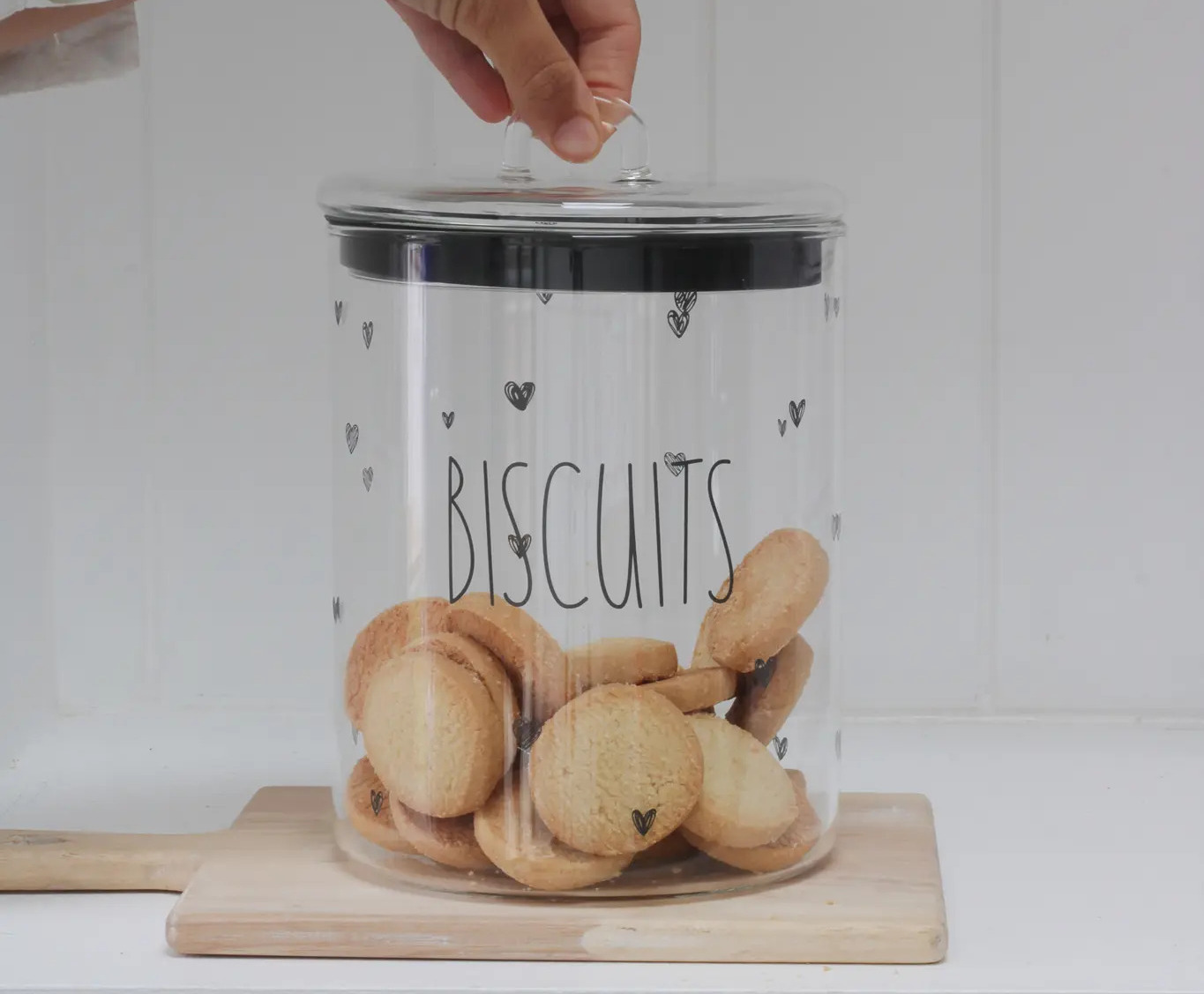


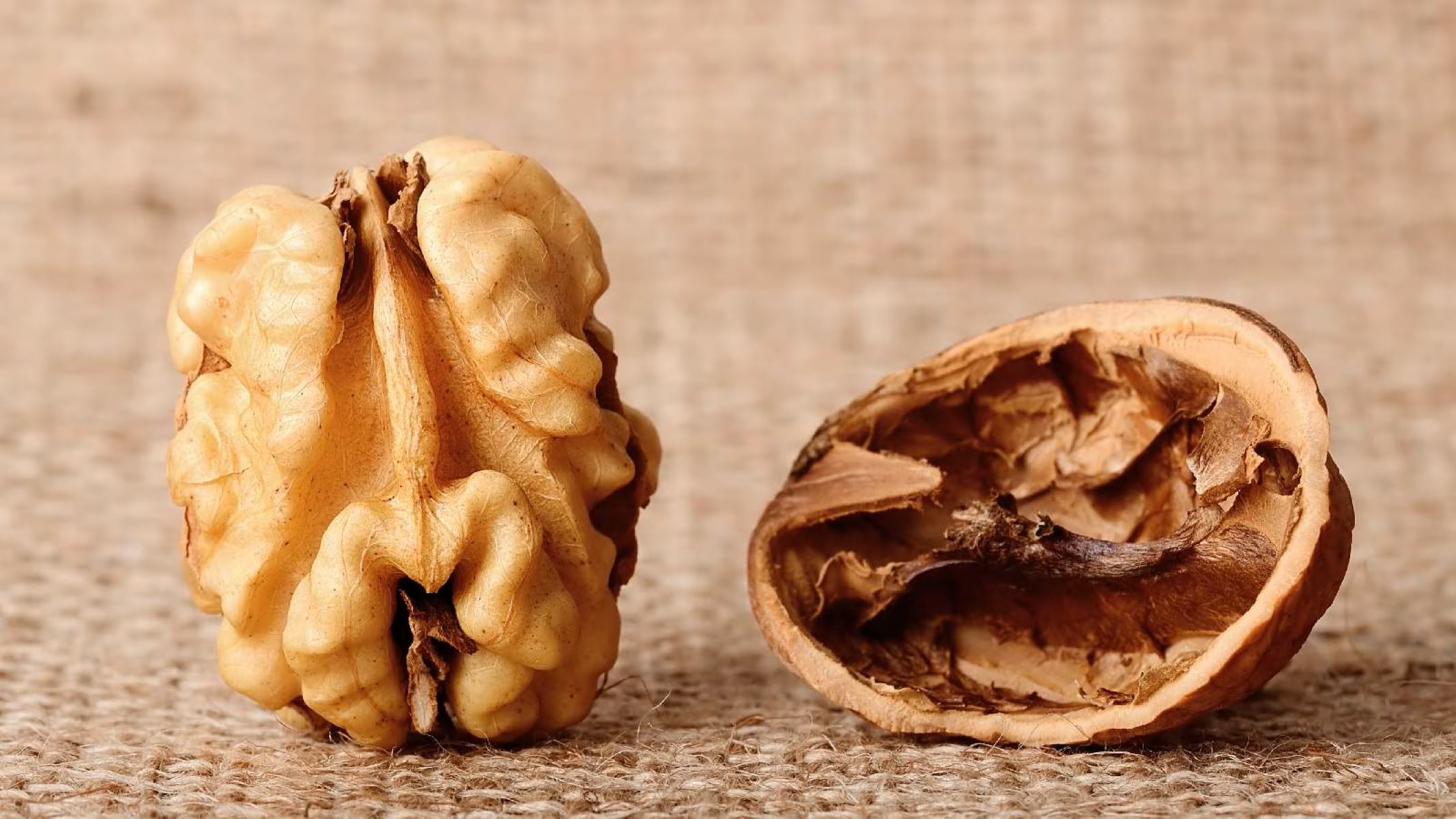
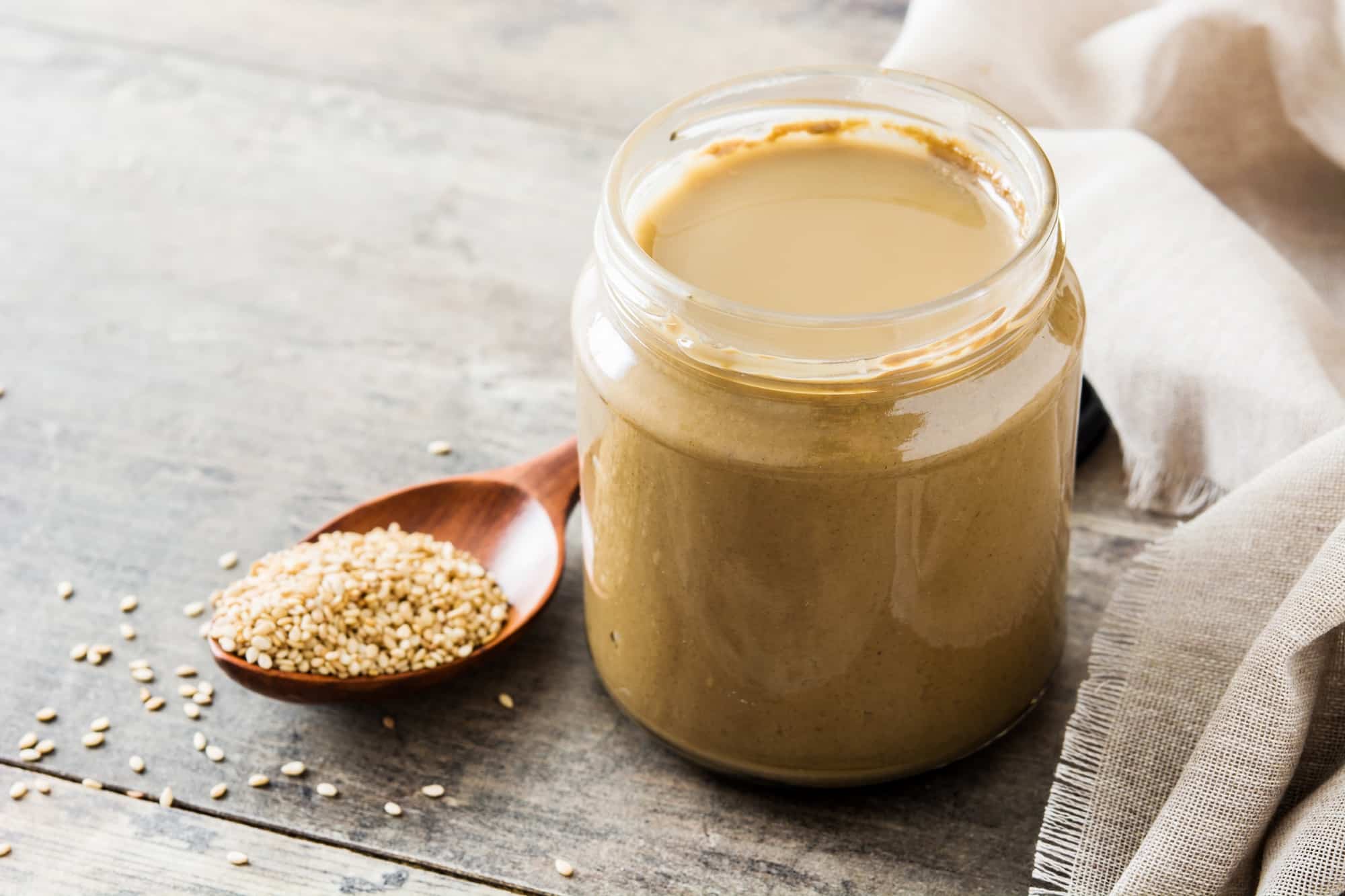
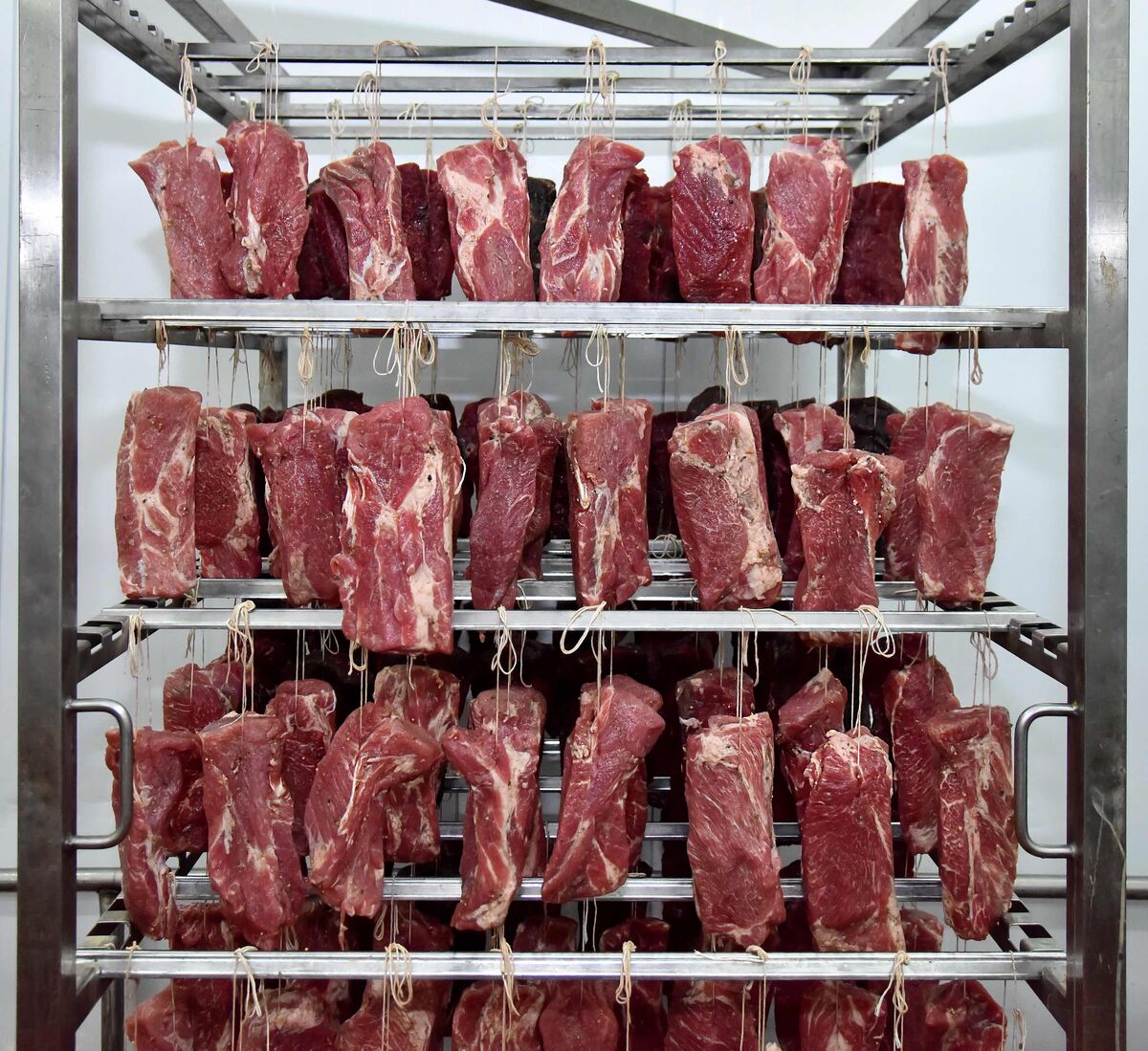
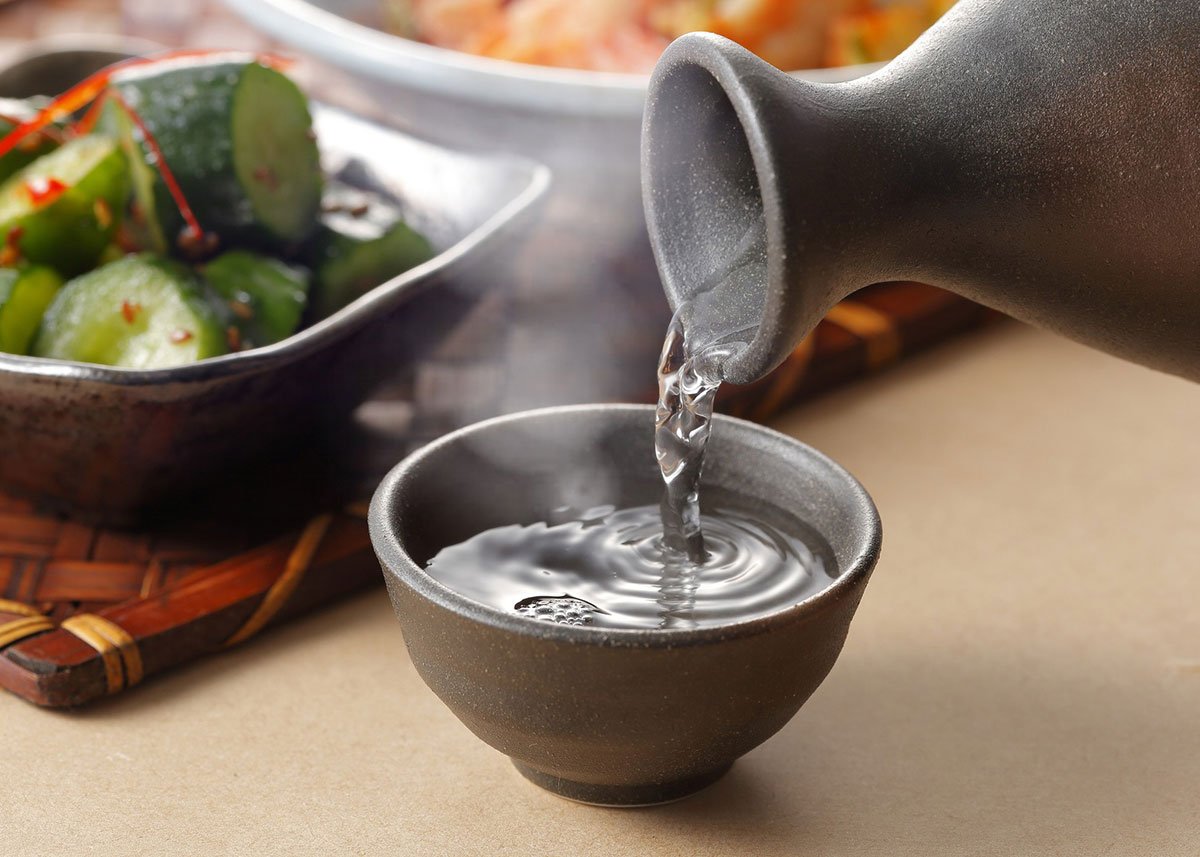
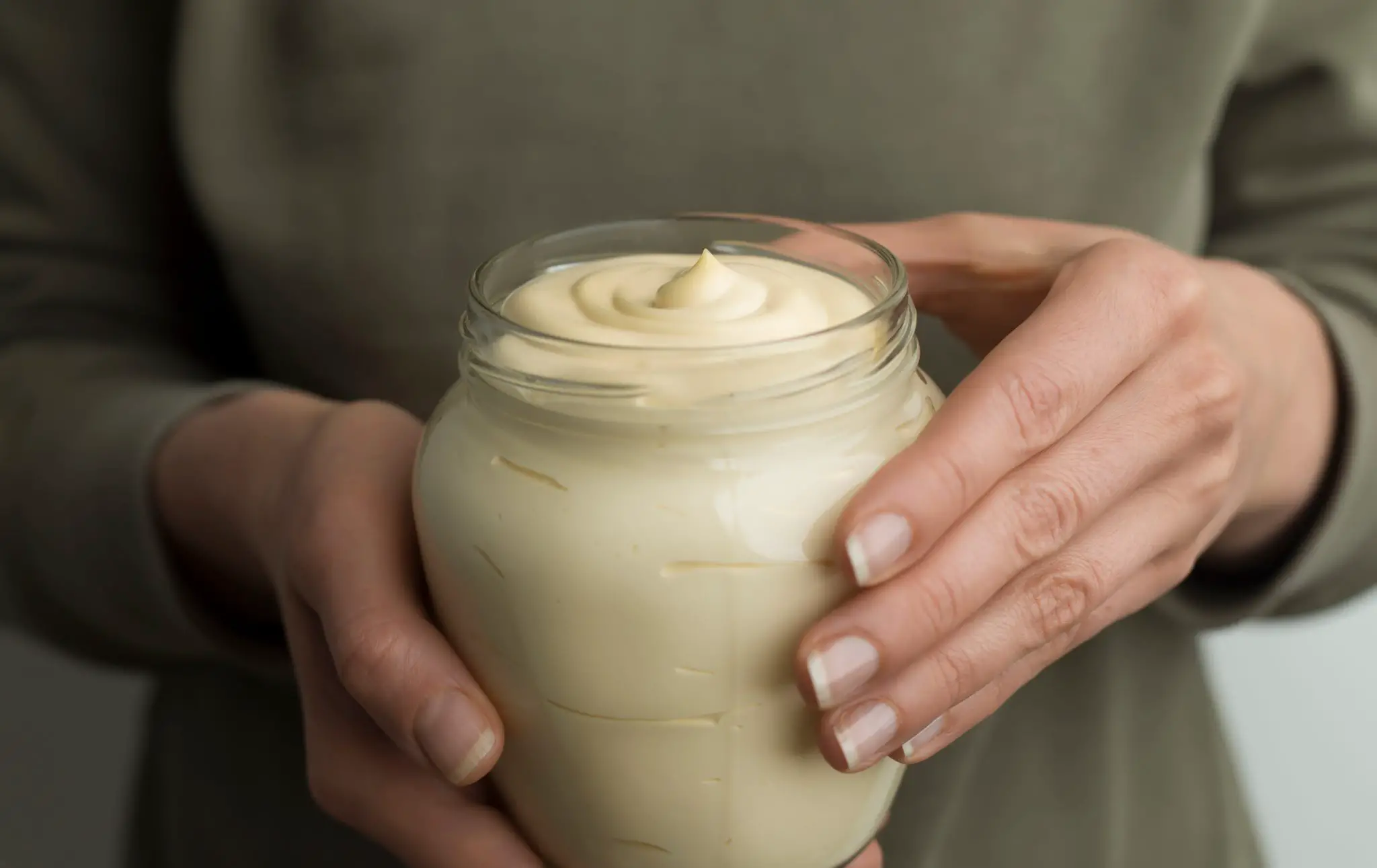
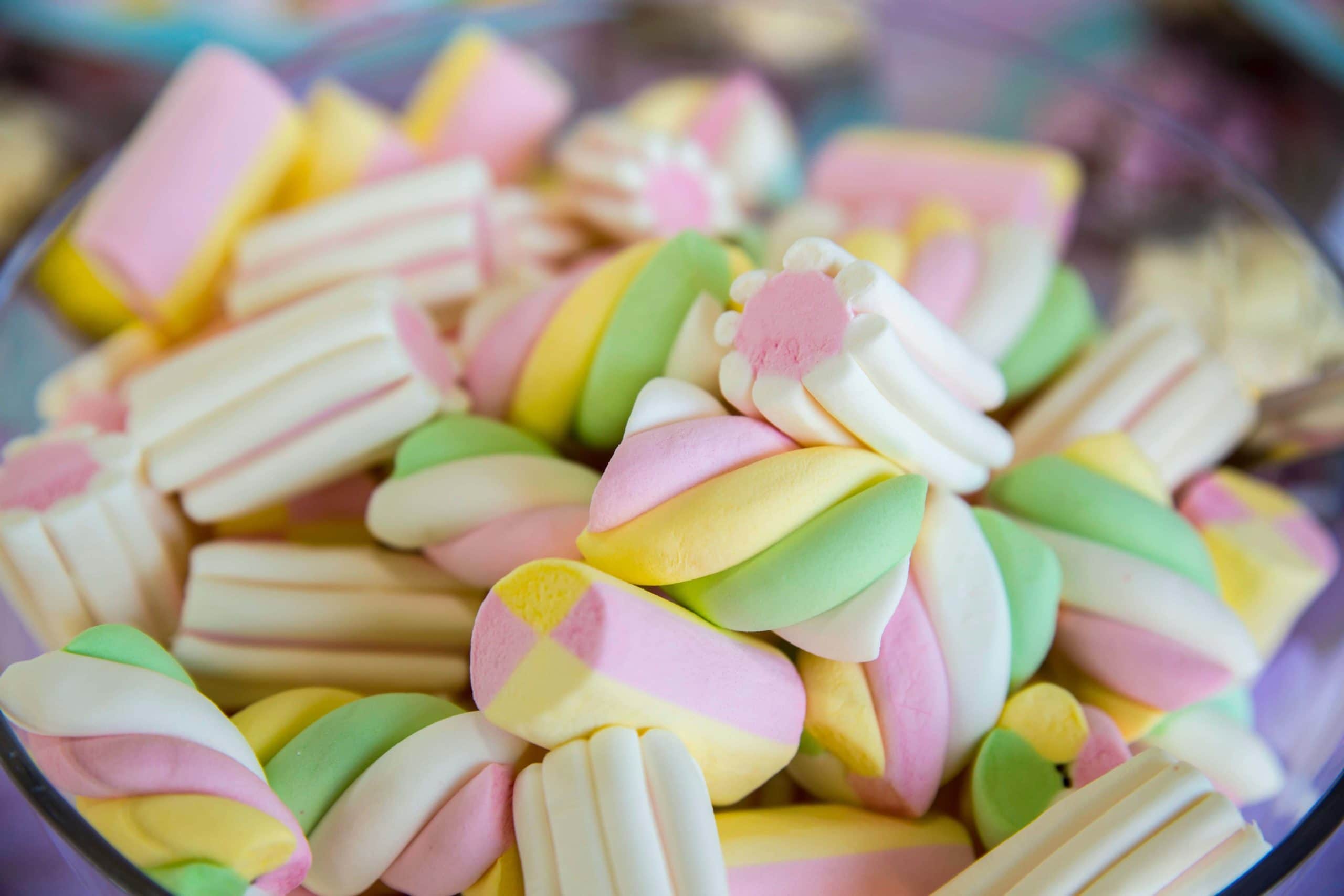
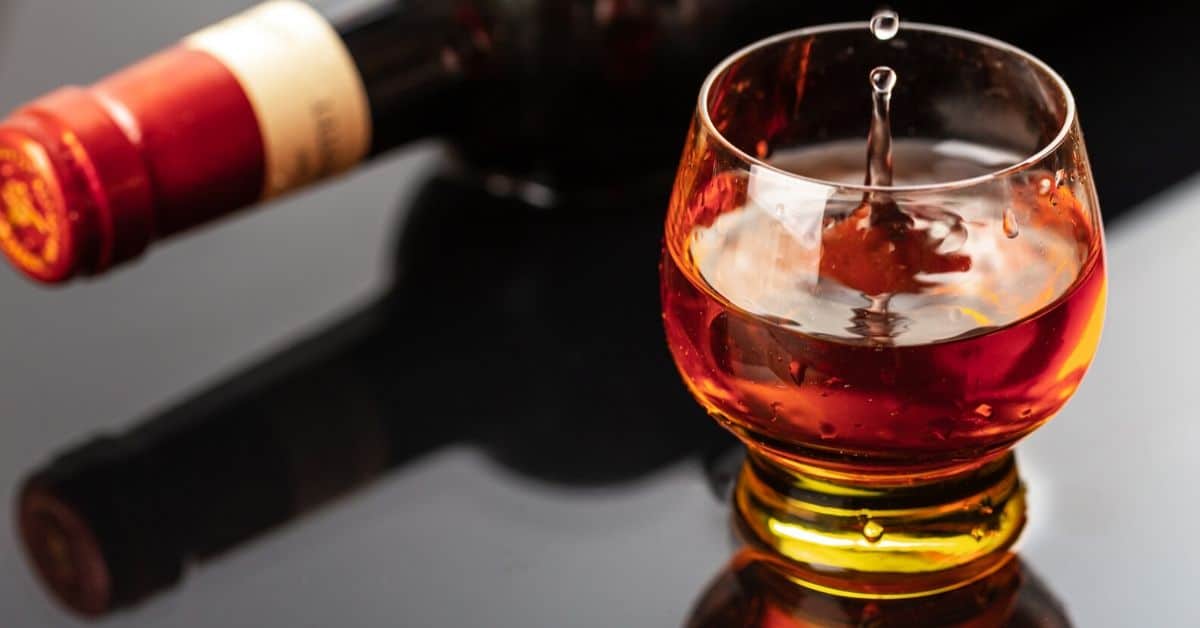
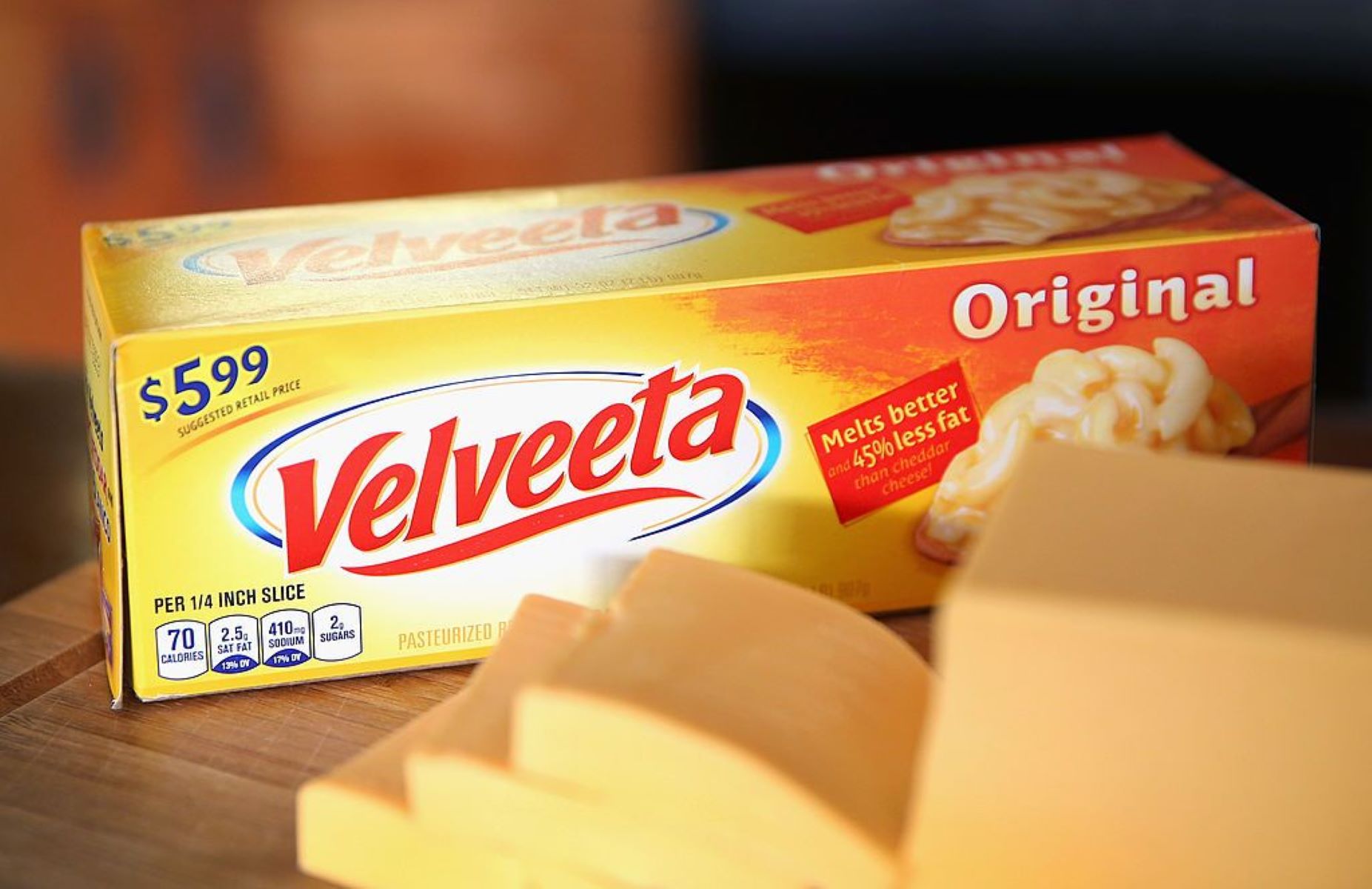

0 thoughts on “How To Store Moonshine After Opening”